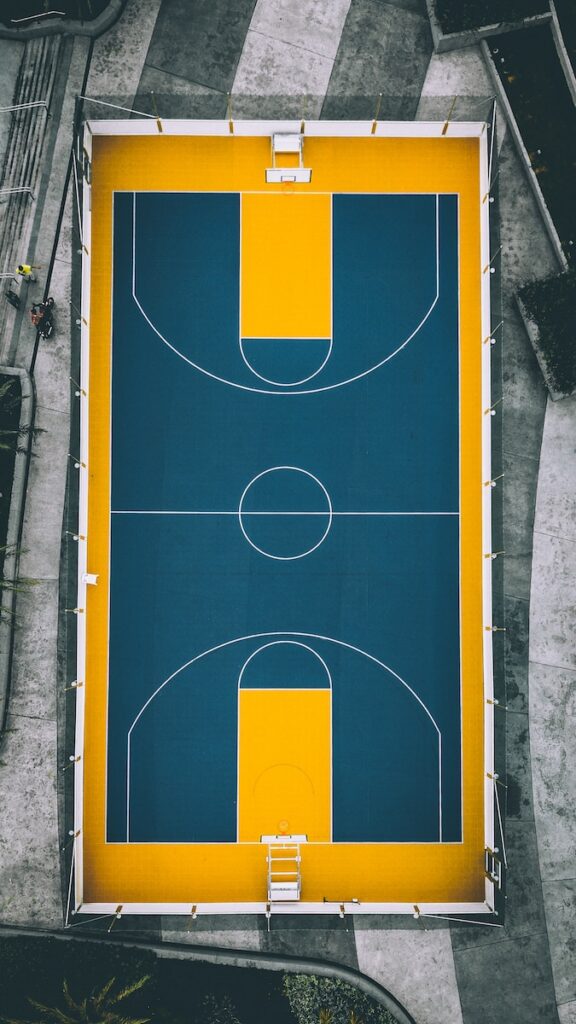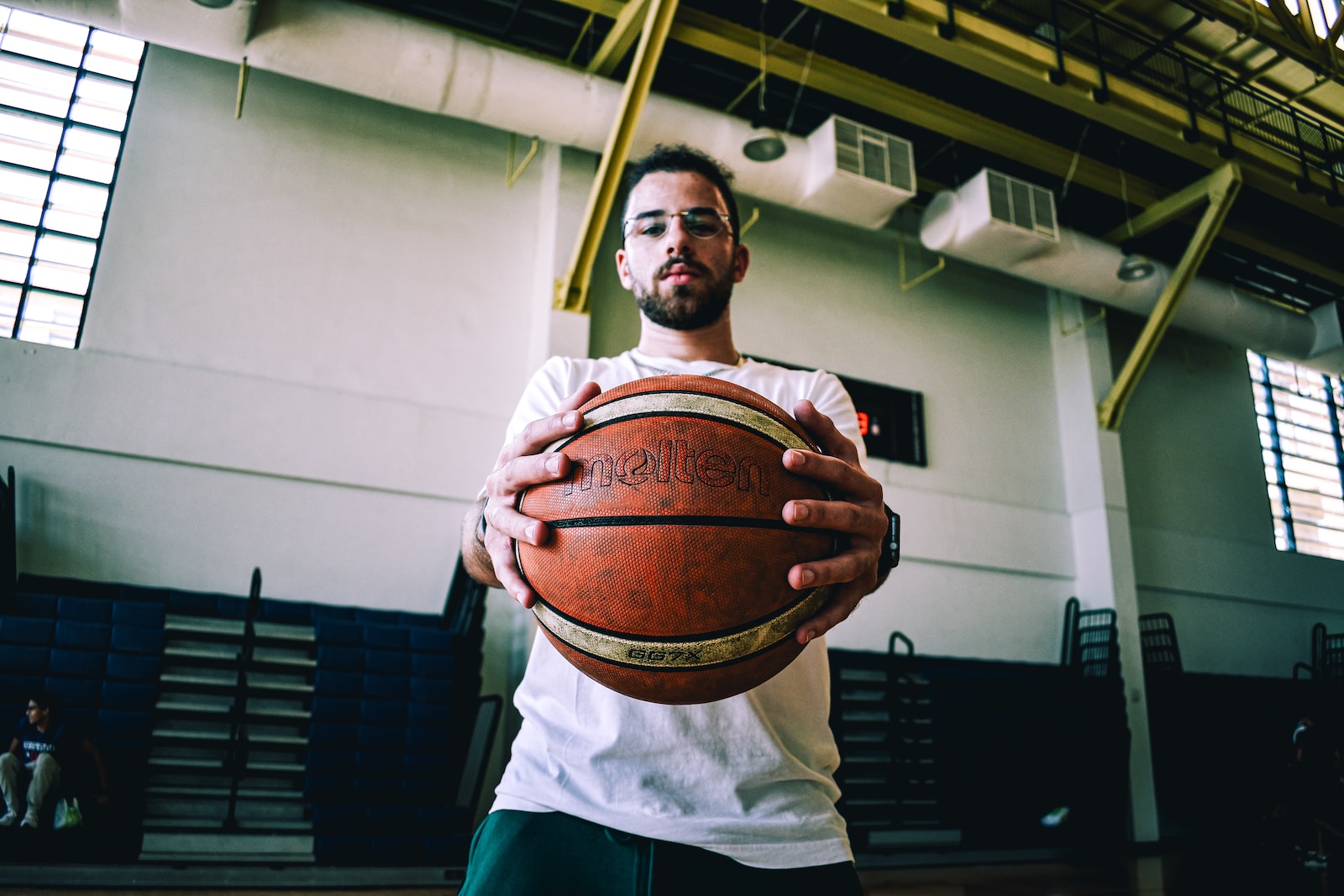Passing is key when you’re attempting to succeed on the basketball courts. Without it, your team might have a significantly worse chance at coming out on top, compared to your opponents. However, passing can happen in a variety of different ways and situations, and it begs the question, can you pass the ball to yourself in basketball?
Unfortunately, the answer is no. You aren’t legally allowed to pass the basketball to yourself and get away with it. The referees will likely whistle you for a travelling violation if you attempt to do so. This includes tossing the ball up and grabbing it in a different location. However, there’s a catch, as you can pass it to yourself off the backboard. Only if you are planning to dunk it as a self alley-oop. Other than that, there’s really no other opportunity for you to get it to yourself with a pass.
It might sound pretty confusing because it’s an illegal move in basketball, yet it’s legal when you’re talking about dunking the ball immediately afterwards. Let’s get into all of the smaller details.
It’s A Travel
If you’ve ever played basketball and have been introduced to it, you have likely wondered why players can’t just toss the basketball up into the air and go grab it before the other team does. This would work if a defender is really close to you, and there’s nobody behind them to stop you from scoring. In theory, it’s a perfect plan to get you points and help your team win. In reality, it’s a traveling violation. See, you can’t pick up your dribble and stop, you must always be dribbling when attempting to move on the court. If you pass it up and catch it in a different location, you’d be essentially moving without dribbling.
This can happen unintentionally as well, because there are going to be times when you take a shot at the net, and you know that you badly missed. If you completely airball the shot attempt and run over to grab the ball before or after it hits the ground, you will be whistled for a travel. The only way that this isn’t a travel is if the defender touches it first, making it fair game. But the bottom line is that it can happen unintentionally also.
Deflections Or Blocks
Now, we just briefly touched on this, but a self-pass technically isn’t a traveling violation if it touches a defender in the process. Let’s say that you attempt to pass it to your teammate, but a defender deflects the pass up into the air. You have the free will to go up and grab that loose ball and continue dribbling wherever you would like to go. Because the defender touched the basketball, it became a loose ball instead of a traveling violation on your part, and you still ended up basically passing it to yourself in the process.
The same can be said if you attempt a shot at the net and a defender blocks the shot right back to you. You’ll be able to just catch it again and keep moving due to them touching it and allowing you to keep your possession alive. It’s hard to do this intentionally of course, though that doesn’t mean it won’t happen every once in a while.
Alley-Oops
Moving into the only real, legal self-pass that you can make on the basketball court, the alley-oop. We’ve seen a few key players in the NBA do this a few times in their careers, most specifically, LeBron James. The point of this play is to make something happen when you get stuck. Let’s say that you are in the middle of the paint, and you accidentally lose your dribble. You have a free lane to the basket, but you can’t dribble without passing it and starting again. So, you toss the ball off the backboard, jump and grab it before it touches the ground, and slam it down in the process.

The self alley-oop will be legal, as long as the ball or yourself doesn’t touch the ground. If you do, then the referees can whistle that as a traveling violation as well. So, be sure that you have the space needed to dunk the ball and that you are certain that you’ll catch it before it hits the ground. Otherwise, it could be quite an embarrassing play.
Off The Back
This kind of goes hand in hand with deflections, but there’s another way that you can pass the ball to yourself, and that’s when your defender isn’t looking at you. It’s most commonly done during inbounds passes, but whenever your defender turns their back to you, you are able to toss the ball off of them and catch it to continue your dribble. The ball touching them allows you to keep on moving at normal speed again, as if you never stopped moving.
We’ve seen NBA players do this move as well, usually during inbounds when the defender is trying to focus more on the other players attempting to get open, rather than the person throwing the ball into play. All it takes is a quick little pass to their back to create a wide-open lane for you as you dribble past them.
Not A Guaranteed Play
Passing the ball to yourself might randomly become a good thought here and there, but it’s in no way a guaranteed success. Especially when you take into consideration all the things that will have to happen for it to work. Plus, even if it does, you might have had the exact same amount of success if you just passed to a teammate instead of going in this direction. At certain points, it does feel like passing to yourself just isn’t worth it on the court.
Teamwork is essential in basketball if you’d like to be consistently winning games and having fun with your teammates. If you don’t have that chemistry necessary to get along, then there’s an opportunity that the game wouldn’t be nearly as enjoyable. Passing the ball and trusting in your teammates is massively important in basketball, so it’s okay to rely upon that every once in a while.
